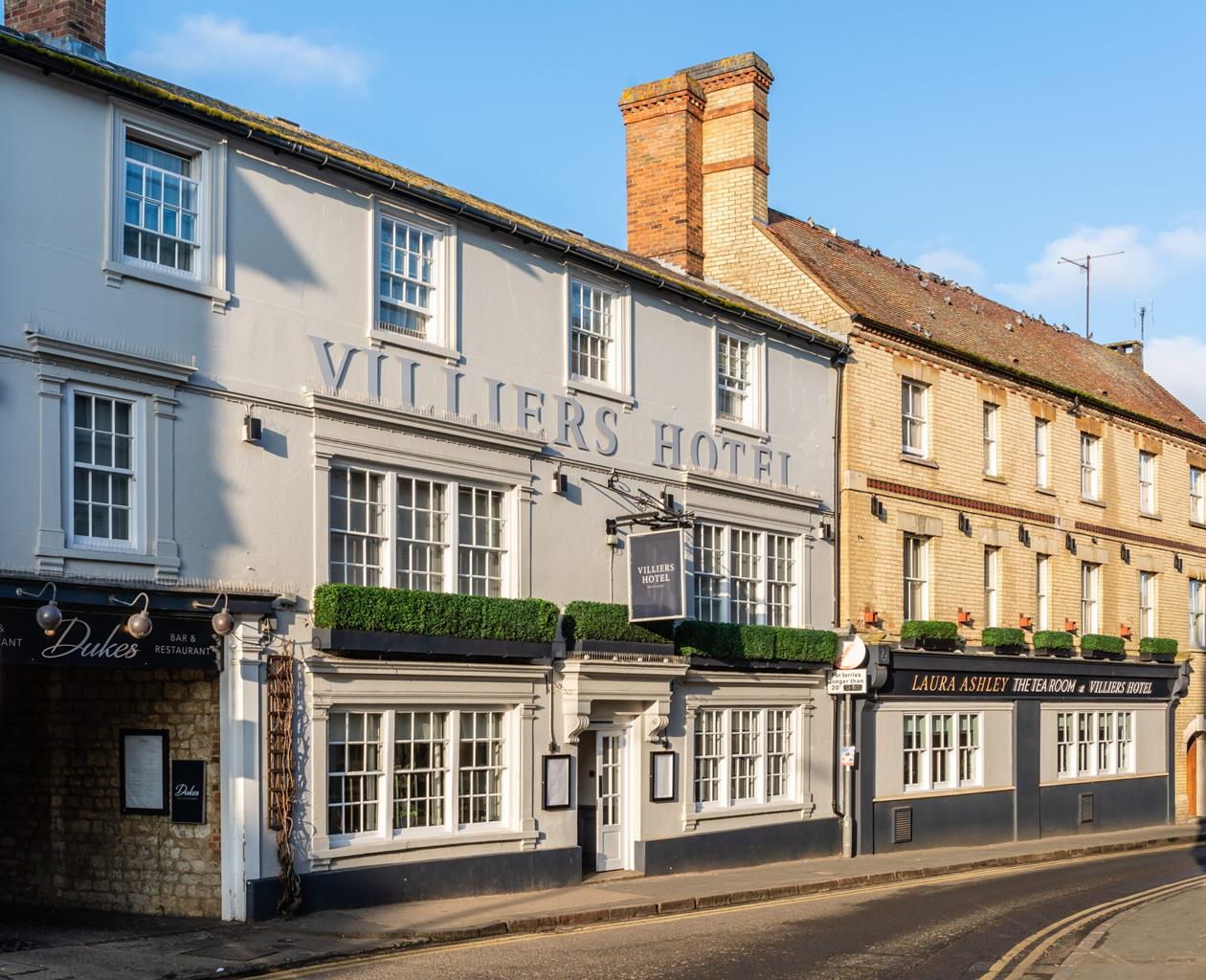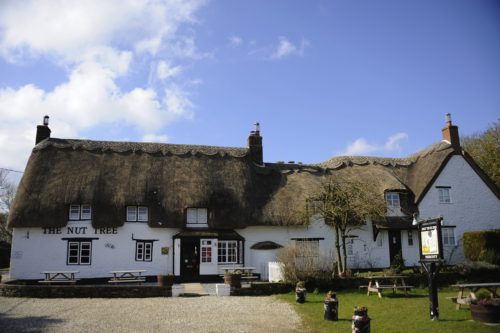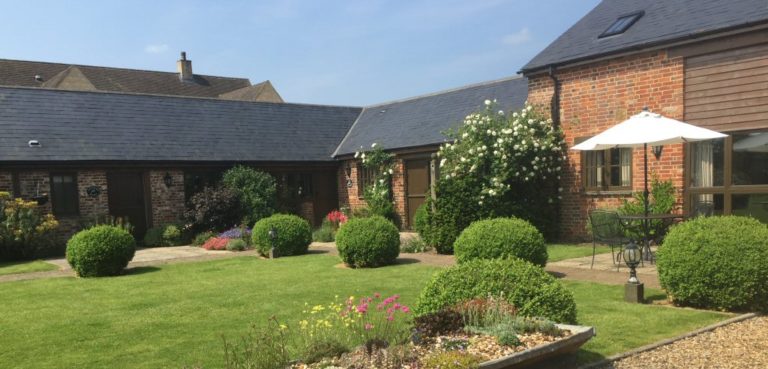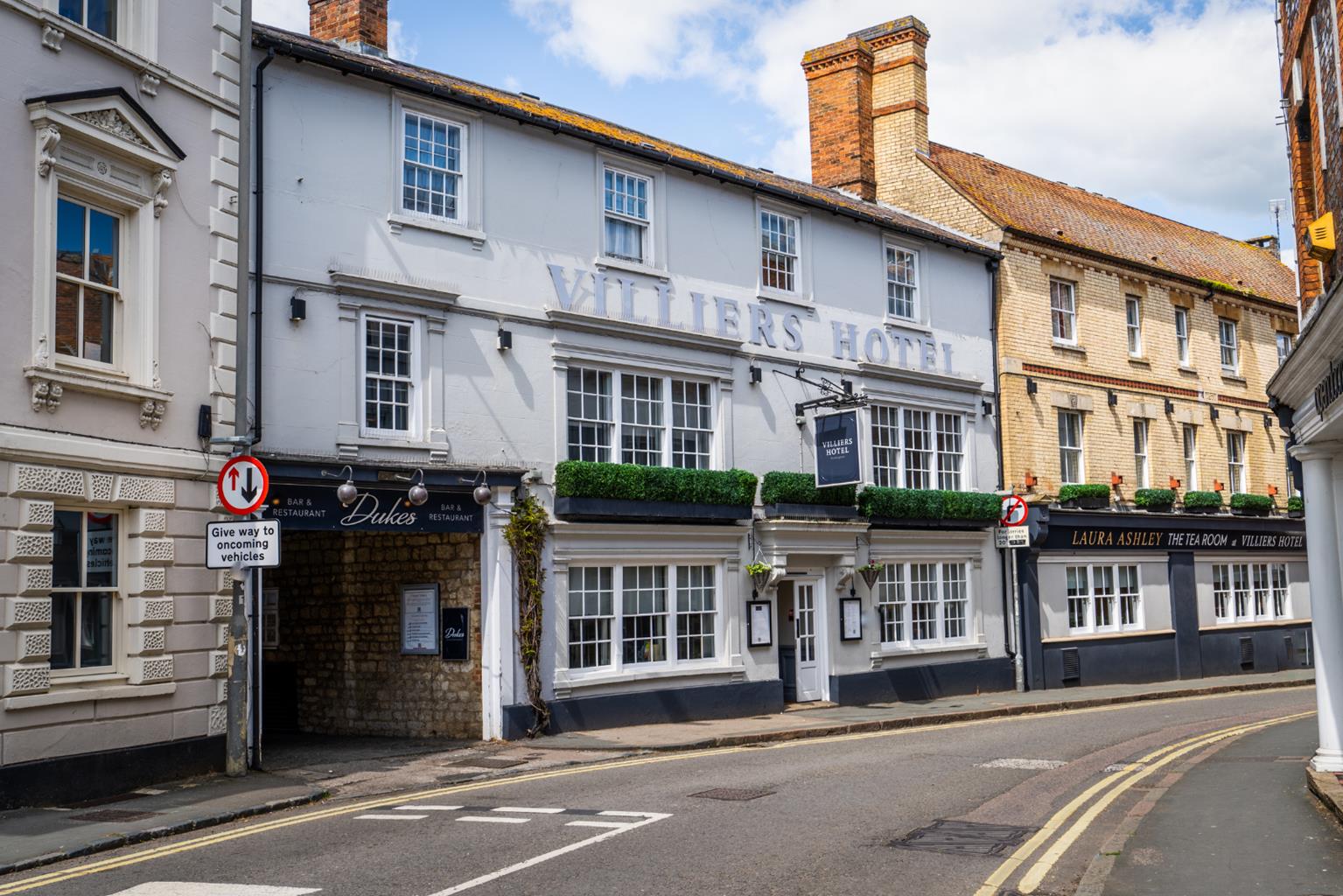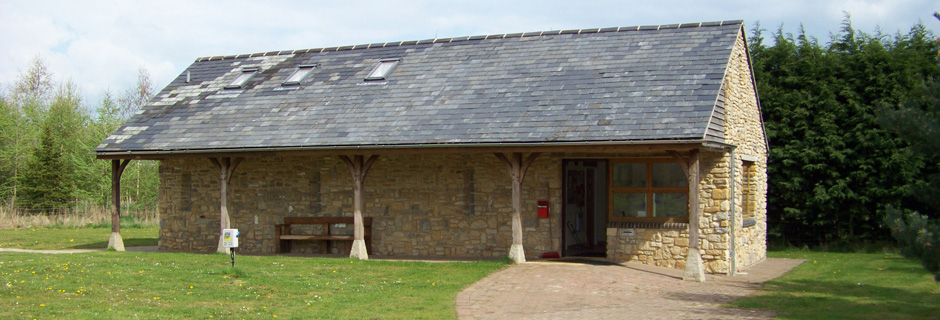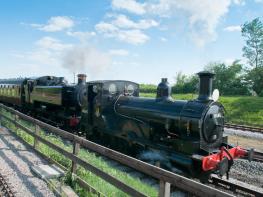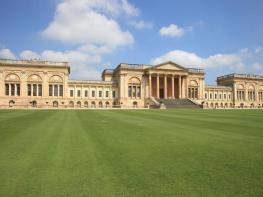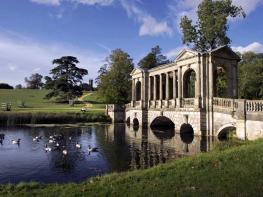Horse owners will find the fully-equipped DIY livery stables at Grange Farm Country Cottages…
From Addington to Metroland

A walk back in time through a grand manorial estate and an unlikely part of 1930s Metroland.
4.25 miles (6.8kms)
About the walk
Addington is one of Buckinghamshire’s remoter settlements, and if you drive into it off the main A413, entering through a set of double gates, you’ll wonder if you have in fact strayed onto private property. This is because the village was built very much around Addington Manor, and it still has that almost feudal atmosphere, with many grand elegant central buildings and houses, surrounded by several farms.
The present manor house is a 19th-century building on the site of the much older structure, which was used twice during the English Civil War as the national headquarters of the Parliamentarian forces. During World War II the new house was, for a time, the residence of the Czechoslovak Military Intelligence staff who planned the assassination of the high-ranking Nazi official Reinhard Heydrich (one of the main architects of the Holocaust) from here. Today the manor is famous as an equestrian centre, and was used by Team GB as one of their training venues for the final build up to the London 2012 Olympic Games. There is no public access to the house or grounds.
Underground to overground
Near the start of the walk you will pass Verney Junction, a working railway station between 1868 and 1968. It’s hard to imagine today, but in 1933 this remote outpost became the terminus of the London Underground's Metropolitan Line, which began more than 50 miles (80km) to the south at London’s Baker Street (today leafy suburban Chesham holds the distinction of being end of the line). For a brief period Verney Junction was therefore part of 'Metroland' – that dreamy Utopia encompassing a modern home in beautiful countryside with a fast railway service to central London. Metroland was invented by the Metropolitan Railway’s shrewd marketing department and popularised by the poetry of John Betjeman. In its heyday seaside excursions as far south as Ramsgate could even be booked from Verney Junction.
The dream lasted just three years, with the Metropolitan link to here closing in 1936. By late 1940 Verney Junction had returned to its humble roots, functioning as a rural interchange for local services. Following the decline in rail freight and rural depopulation (among other factors), it suffered the fate of so many other remote rural stations in the 1960s. The last train ran in 1968, and the same year the station was demolished.
Walk directions
With Addington Church on your right, and a modern house with a well in the front garden on your left, go through the gate and follow the North Buckinghamshire Way across farmland. After 450yds (400m) come to a stile and narrow footbridge over the Claydon Brook. Continue ahead to a stile and plank bridge and keep to the right edge of the next field. Over to the left lies Furzen Farm. Cross a track and a stile, then make for a kissing gate. Cross this to discover a section of overgrown long-disused railway line. A ‘Stop, Look and Listen’ railway sign is still in place.
Follow the North Buckinghamshire Way, keeping The Station House of 1870 on the right. Now a private residence, this was part of Verney Junction Station. Note the Victorian postbox in the wall. Walk along the road to the old Verney Arms pub, which opened in 1890 as The Station Arms and now houses a restaurant. Keep right at the junction. Follow the road passing Verney Junction Business Park, and bear right at the next junction for Buckingham and Padbury. Re-cross the old railway at the next bridge – look over to the left-hand side where some of the old track is still visible – and continue along the road, following it round a left bend. When you see a black metal sign for 'Lower Claydon Hill Farm/Alborada Alpacas' look to turn right to join the Cross Bucks Way.
Cross a stile and bridge and follow the fence along to a second stile. Go diagonally right in the next field, passing under electricity cables, and cross the site of an old railway line (no traces now remain) via two stiles. Go straight ahead in the next field to a galvanised gate and then, through the gate, veer to the left of a stand of trees. Cross back over the Claydon Brook via a stile and a narrow footbridge with a stile at each end. Once safely across here, veer diagonally right. Across the field are two gates; make for the left-hand one and head diagonally up the field, towards the right corner and the farm.
Draw level with Hill Farm, pass through a waymarked gate (climb over it if it is secured), walk a few paces up the track, turn right, cross a stile to another stile, then go half left to reach a track and three stiles. Once over these, aim diagonally right across the field to a stile by a galvanised gate (ignore the stile to the left). Cross over it and go straight ahead into the next field through a gate, then head diagonally right to a corner of the field where you will find a waymarker and stile. Bear left and walk along the lane to a road junction with a one-way traffic arrow. Turn right here, then bear right again at the next junction and return to the church.
Additional information
Quiet country road, field paths, national trails; 15 stiles
Gently undulating farmland either side of Claydon Brook
Lead required on road and near livestock
OS Explorer 192 Buckingham & Milton Keynes
Limited space by church in Addington – avoid Sunday morning
None on route
WALKING IN SAFETY
Read our tips to look after yourself and the environment when following this walk.
Find out more
Also in the area
About the area
Discover Buckinghamshire
Buckinghamshire is a land of glorious beech trees, wide views and imposing country houses. Victorian Prime Minister Benjamin Disraeli savoured the peace and tranquillity of Hughenden Manor, while generations of statesmen have entertained world leaders at Chequers, the Prime Minister’s rural retreat. Stowe and Waddesdon Manor are fine examples of even grander houses, set amid sumptuous gardens and dignified parkland.
The Vale of Aylesbury is a vast playground for leisure seekers with around 1,000 miles (1,609km) of paths and tracks to explore. Rising above it are the Chiltern Hills, a designated Area of Outstanding Natural Beauty covering 308sq miles (798sq km). They are best appreciated in autumn, when the leaves turn from dark green to deep brown. In the southeast corner of the Chilterns lie the woodland rides of Burnham Beeches, another haven for ramblers and wildlife lovers. Although the county’s history is long and eventful, it’s also associated with events within living memory. At Bletchley Park, more than 10,000 people worked in complete secrecy to try and bring a swift conclusion to World War II. Further south, an otherwise unremarkable stretch of railway line was made infamous by the Great Train Robbery in the summer of 1963.
Nearby stays
Restaurants and Pubs
Nearby experiences
Recommended things to do
Why choose Rated Trips?
Your trusted guide to rated places across the UK
The best coverage
Discover more than 15,000 professionally rated places to stay, eat and visit from across the UK and Ireland.
Quality assured
Choose a place to stay safe in the knowledge that it has been expertly assessed by trained assessors.
Plan your next trip
Search by location or the type of place you're visiting to find your next ideal holiday experience.
Travel inspiration
Read our articles, city guides and recommended things to do for inspiration. We're here to help you explore the UK.

